
FBAUP alumni and former Lettering and Type Design student (academic year of 2023-24). Currently slef-employed graphic and digital designer. See his portfólio at: https://erre.kickvoidloop.com/ricardo/
Thinking about design, through typeface design, is a crucial step in the journey of any design student. At least, that’s how I see it. Mainly because it involves working with something essential in any design project: observation.
Observation naturally leads to analysis, a skill that’s heavily developed in the [Lettering and] Typeface Design course.
It’s important to understand space and form, not just through the visible matter, but also through the empty spaces. The exercises we completed helped us develop a more attentive and in-depth perspective, not only on type design, but on design as a whole, helping us approach projects in a more unified way.
The initial calligraphy exercises helped us understand the spacing between different characters. The exercise of designing an album cover allowed us to apply that understanding of space and create a cohesive calligraphic composition.
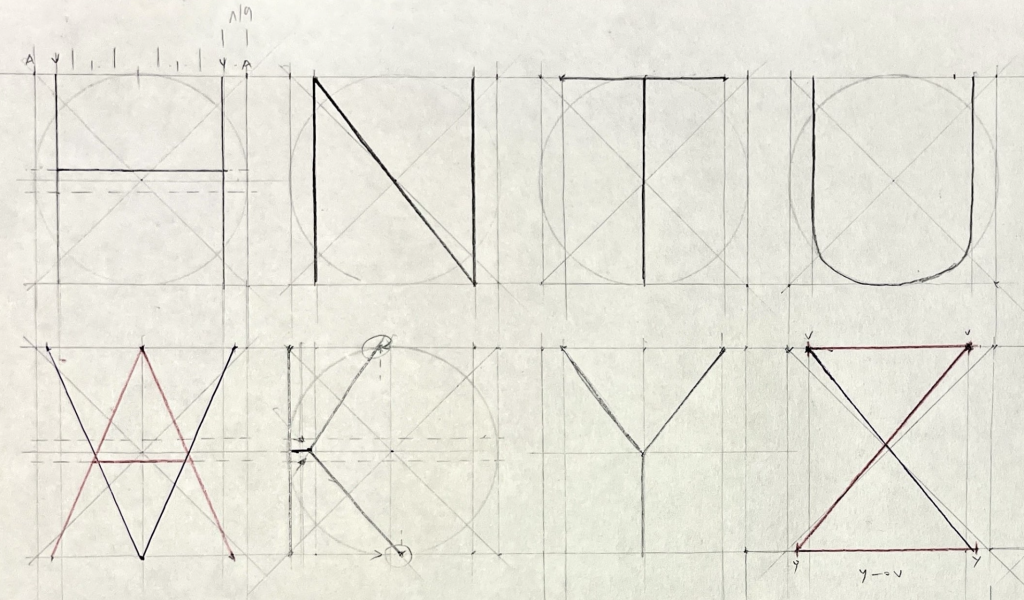
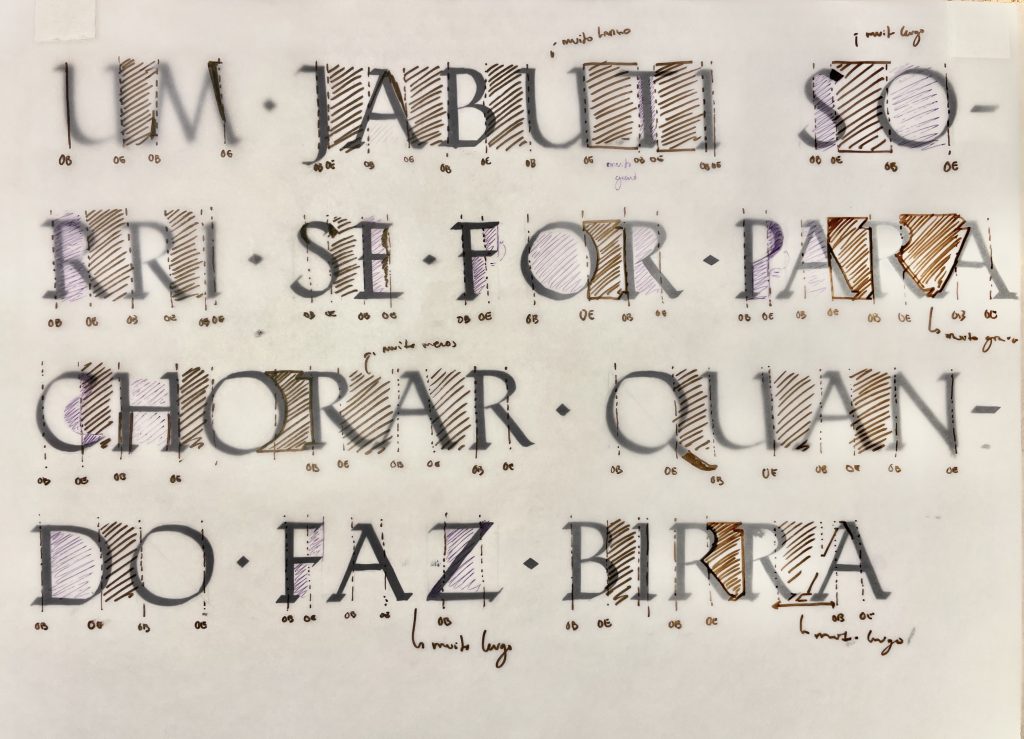
These learnings culminated in the creation of a variable font, which required in-depth research on Portuguese typography and calligraphy, as well as an understanding of typographic production techniques using software (FontLab).
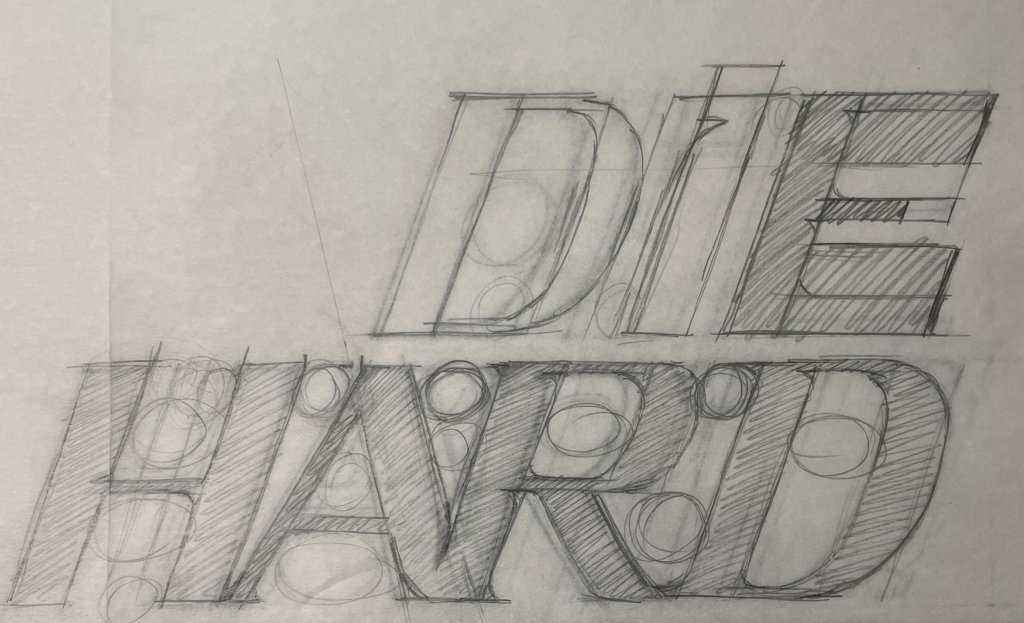
Drawing was essential from the very start in developing the font, and transferring ideas from paper to software posed some technical challenges. But at the end of the day, it’s all worth it when you have the font installed and can “type” what you’ve designed! We also felt the urge to take this exercise further, which is why we created a “type testing” tool: https://erre.kickvoidloop.com/RRPINHAIS/index.htm
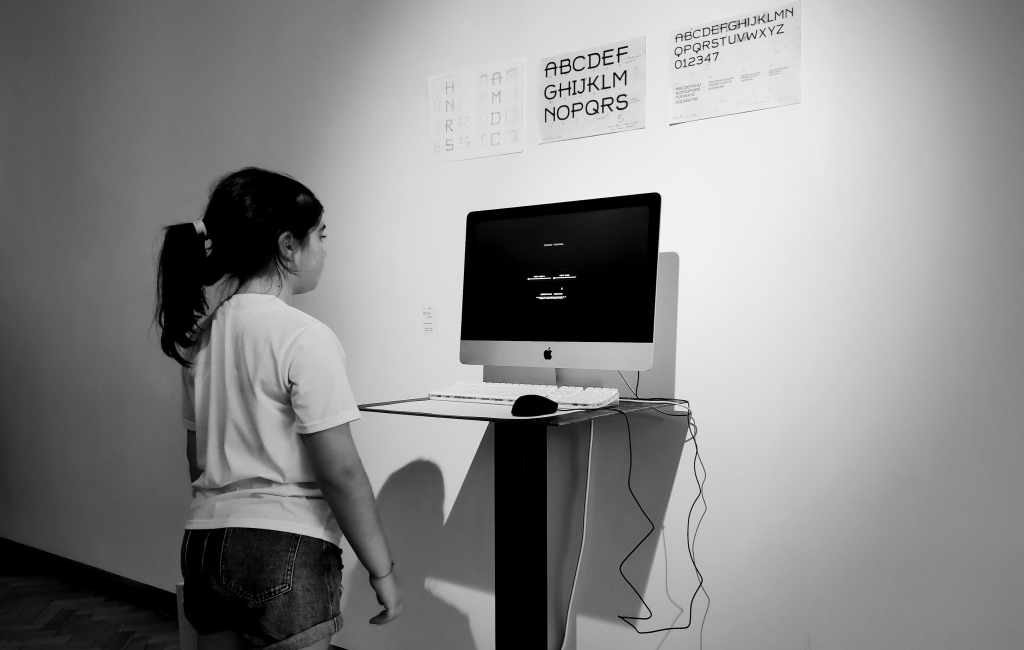
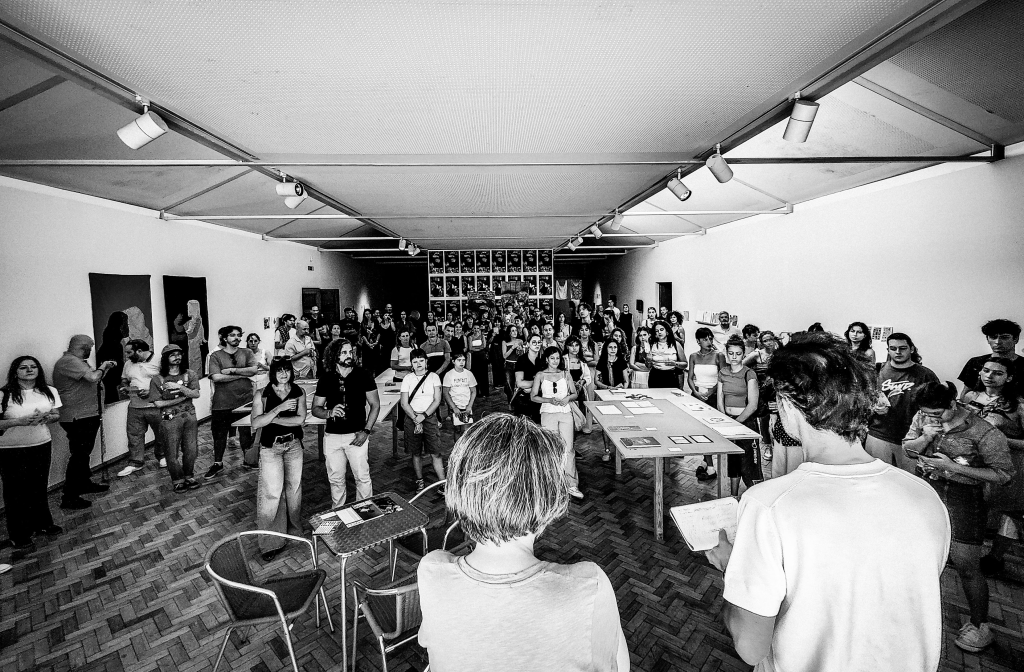
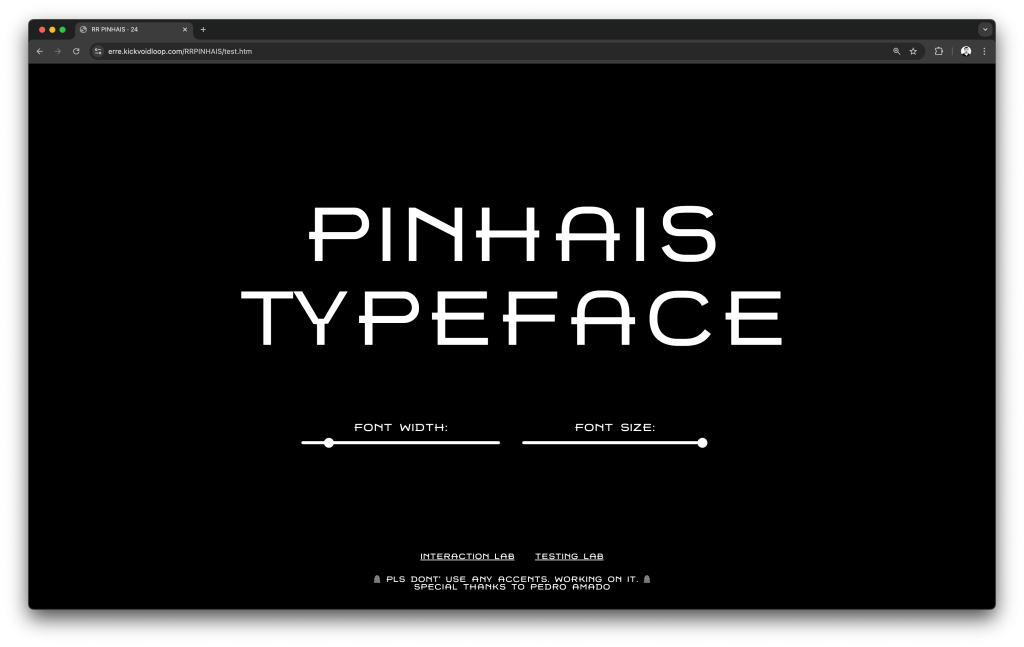

Pensar design através do desenho de tipos é uma etapa crucial no percurso de qualquer estudante de design. Pelo menos, é assim que o vejo. Principalmente porque envolve trabalhar com algo essencial em qualquer projeto de design: observar.
Observar leva, consequentemente, à análise, uma competência bastante desenvolvida na UC de Desenho de Tipos.
É importante perceber o espaço e a forma, não só pela matéria visível, mas também pelos espaços vazios. Os exercícios realizados desenvolvem em nós um olhar mais atento e profundo, não apenas sobre o desenho de tipos, mas sobre o design como um todo, ajudando-nos a encarar o projeto de maneira mais integrada.
Os primeiros exercícios caligráficos ajudaram-nos a entender o espaço entre os diferentes caracteres. O exercício de desenhar uma capa de álbum permitiu-nos aplicar esse entendimento de espaço para criar uma composição caligráfica coesa.
Essas aprendizagens culminaram na criação de uma fonte variável, que exigiu uma pesquisa aprofundada sobre tipografia e caligrafia portuguesa, além da compreensão das técnicas de produção tipográfica em software (Fontlab).
O desenho foi, desde o início, uma técnica essencial para o desenvolvimento da fonte, e transpor as ideias do papel para o software foi um desafio técnico. Mas, no final do dia, tudo vale a pena quando temos a fonte instalada e podemos “typar” aquilo que desenhámos!
Ficou também a vontade de levar o exercício ainda mais longe, e por isso criámos uma ferramenta de “type testing” (disponível online): https://erre.kickvoidloop.com/RRPINHAIS/index.htm